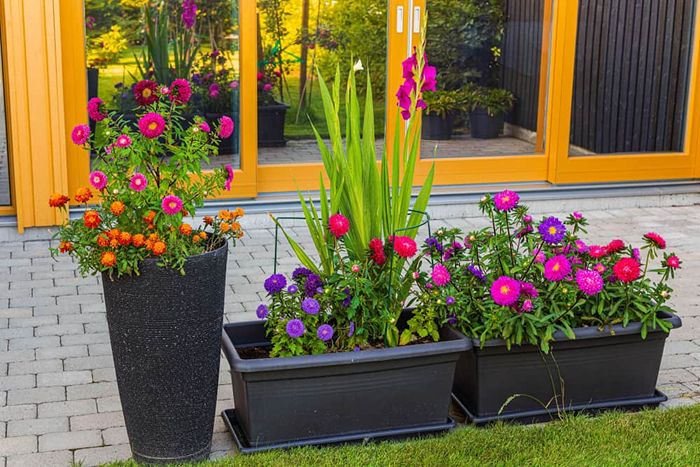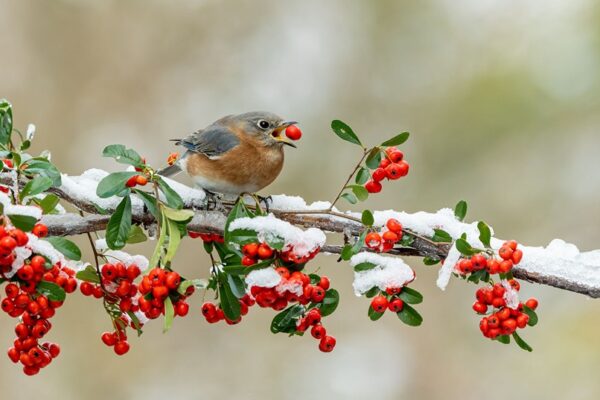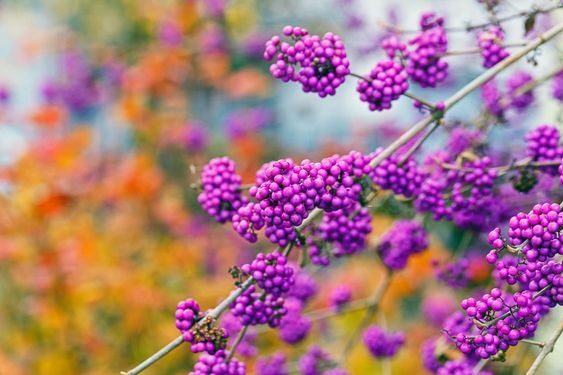Top 10 Creative Small Garden Ideas for Home
Making a garden in your home can be a truly rewarding experience. It can bring a sense of peace and tranquility to your outdoor space, and provide a connection to nature that can be difficult to find in our fast-paced world. Small garden ideas can offer a vast variety of exciting and creative options, from container gardens to vertical gardens, to suit any space and style. Whether its a big or small garden, planting and nurturing can fulfill creative outlet, allowing you to express your personal style and vision through the plants, flowers, and other elements you choose to include. Small gardens can be a great way to teach children about the natural world and where their food comes from.
In addition to the aesthetic benefits home garden, there are also many practical advantages. With small garden ideas, even those with limited outdoor areas can enjoy the beauty and benefits of gardening. A small garden can offer a variety of fresh produce, such as herbs and vegetables. Growing your own fruits, vegetables, and herbs can provide a source of fresh, healthy produce, while creating a habitat for pollinators and other wildlife can support the local ecosystem. Gardening can also be a great form of exercise, providing a low-impact workout that can improve your physical and mental health.
Small garden ideas are perfect for urban dwellers who want to bring a touch of nature to their living space. Beyond the physical and practical benefits, gardening can also have a positive impact on your mental health and overall wellbeing. Studies have shown that spending time in nature can reduce stress, anxiety, and depression, and improve mood and cognitive function. Caring for a garden can also provide a sense of purpose and accomplishment, and can help to cultivate a deeper connection to the natural world. Small gardens are ideal for those who want to start gardening on a small scale.
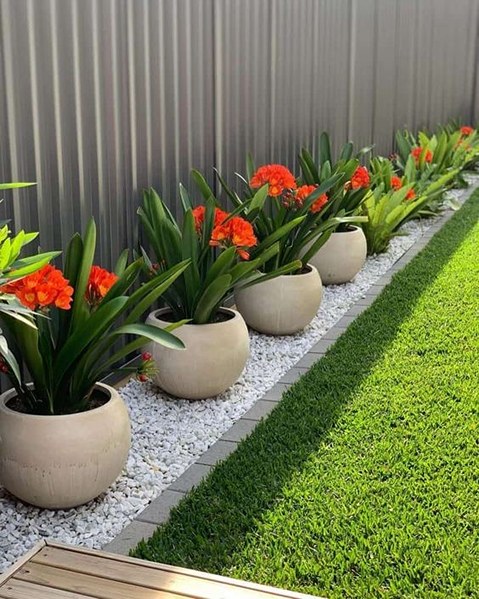
Whether you have a spacious backyard or a small balcony, you can create a small garden in your home. With a bit of planning, patience, and care, you can create a beautiful and fulfilling home garden that brings joy and inspiration to your daily life. There are endless possibilities for small garden ideas that can transform even the tiniest outdoor spaces into lush and vibrant areas. Some of them are:
1. Container Garden
Container gardening is a type of gardening that involves growing plants in containers, such as pots, planters, or raised beds. This type of gardening is ideal for limited outdoor space or grow plants in a specific location, such as a balcony, patio, or deck.
Flexibility is the major benefit of container gardening is its flexibility. Containers can be moved around easily, allowing you to take advantage of the best sun exposure and weather conditions. They also provide the ability to grow plants that may not be suited to your soil type or climate.
Container gardening is suitable for growing a wide range of plants, including flowers, herbs, vegetables, and even fruit trees. When selecting containers for your garden, consider the size and shape of the plant you want to grow, as well as the drainage and irrigation needs of the plant.
When planting in containers, use high-quality soil, as the soil in containers can become compacted and depleted over time. Consider using a mix of potting soil and compost to provide the necessary nutrients for your plants. It is also important to provide adequate drainage by ensuring that the container has drainage holes or adding a layer of gravel at the bottom of the container.
Container gardens require regular watering, as the soil in containers can dry out quickly. Consider using a self-watering container or adding a drip irrigation system to ensure that your plants receive consistent moisture.
Container gardening is a great way to add some greenery to your outdoor space while also providing a range of benefits, including improved air quality, reduced stress levels, and increased mental health. It is a simple and accessible way to start gardening, even if you are new to the hobby.
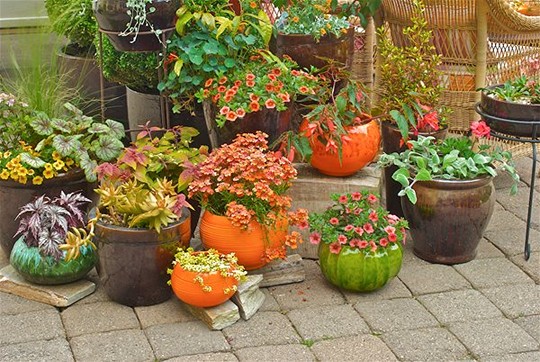
2. Herb Garden
An herb garden is dedicated to growing a variety of herbs for culinary, medicinal, and decorative purposes. Herbs are versatile plants that can be used in a wide range of dishes, teas, and remedies, making them a popular choice for home gardeners.
Herb gardens can be designed using a variety of containers, such as raised beds, pots, or even window boxes. They can also be grown in the ground, either in a dedicated herb garden or interspersed among other plants in a vegetable garden.
Asses the growing requirements of each plant. Some herbs, such as basil and parsley, prefer full sun and well-drained soil, while others, such as mint and chives, prefer partial shade and moist soil. Also consider the height and spread of each plant, to ensure that they have enough space to grow.
Herbs can be harvested as needed, either by snipping off a few leaves or by cutting back the entire plant. Harvesting herbs regularly can help to encourage growth and prevent the plants from becoming too woody or leggy.
In addition to their culinary uses, many herbs also have medicinal properties. Herbs such as chamomile, lavender, and echinacea can be used to make teas or tinctures, which can help to alleviate a variety of health issues.
In small garden herbs can also be used for decorative purposes, adding color and texture to a landscape or patio. Herbs such as thyme, rosemary, and sage are particularly attractive, with their woody stems and aromatic leaves.
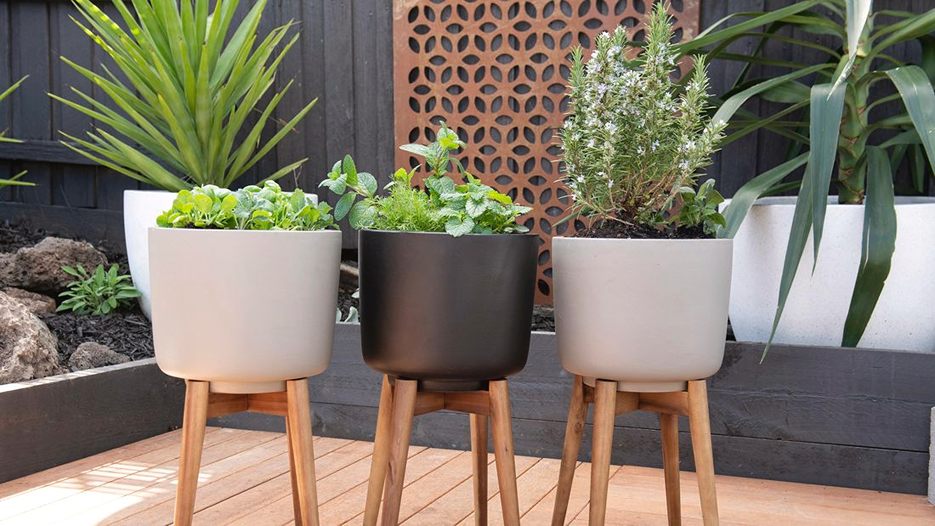
3. Vertical Garden
A small garden can make a big impact on your outdoor space. A vertical garden grows vertically, using a wall, fence, or other vertical structure as support. Vertical gardens are becoming increasingly popular as they allow people with limited outdoor space to enjoy gardening and grow plants in a unique and visually appealing way.
Vertical gardening has a space-saving capability. Vertical gardens can be set up in tight spaces such as balconies, patios, or even indoors on a wall. They also make use of unused wall space, which can be a great way to add some greenery to urban areas.
There are several types of vertical gardens, including green walls, trellises, and living walls. Green walls are created using a frame or trellis with plants grown on them, while living walls have a growing medium and irrigation system built into the structure. Trellises, on the other hand, are designed to support climbing plants.
Vertical small garden can be designed using a variety of plants, including herbs, flowers, vegetables, and even fruit trees. The choice of plants depends on the amount of sunlight and the type of soil available in the area. Vertical gardens also come in various sizes, from small vertical planters that can be attached to a fence to large-scale installations on the exterior of buildings.
They help to reduce the urban heat island effect, improve air quality, and provide shade and insulation to buildings. Vertical gardens can also be used to grow food, reducing the carbon footprint of food transportation and packaging.
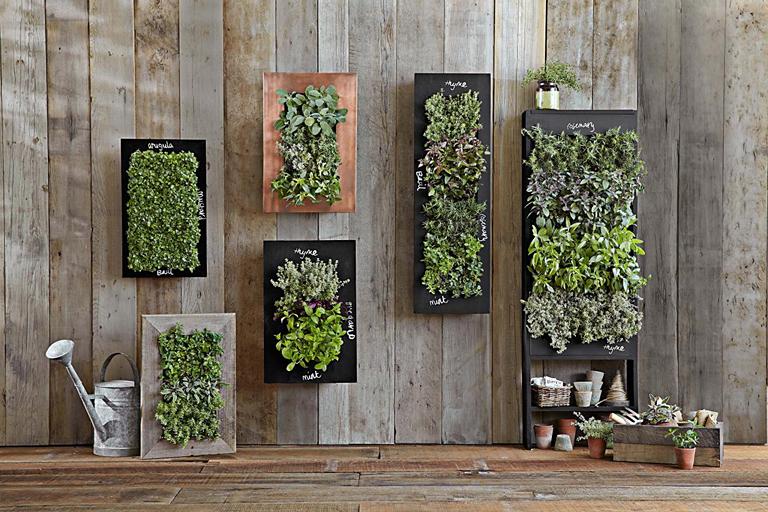
4. Rooftop Garden
A rooftop garden is built on the roof of a building. It is a great way to utilize the unused space on your terrace and bring greenery to urban areas. Rooftop gardens have become popular over the years, as people have become more conscious of the benefits of green space in urban environments.
Evaluate the weight capacity of the roof and the type of plants that will be grown. The garden will need to be built on a sturdy structure, with adequate drainage and irrigation systems in place. Plants that are well-suited for rooftop gardens include herbs, vegetables, and succulents, as they are easy to maintain and do not require a lot of soil.
Rooftop can be designed in a variety of small garden styles, from formal gardens with hedges and topiary to informal gardens with wildflowers and grasses. The design should be based on the preferences of the residents and the available space.
They have an ability to reduce the urban heat island effect. This is because they absorb heat and help to regulate the temperature of the building, reducing the need for air conditioning. Rooftop gardens can also help to reduce the amount of stormwater runoff, which can be a major issue in urban areas.
With a rooftop small garden, you can create a personal oasis to relax and unwind in. In addition to their environmental benefits, rooftop gardens can also provide a range of social and economic benefits. They can be used to grow fresh produce, which can be sold or used to feed the residents of the building. Rooftop gardens can also be used as community spaces, providing a place for residents to gather and socialize.
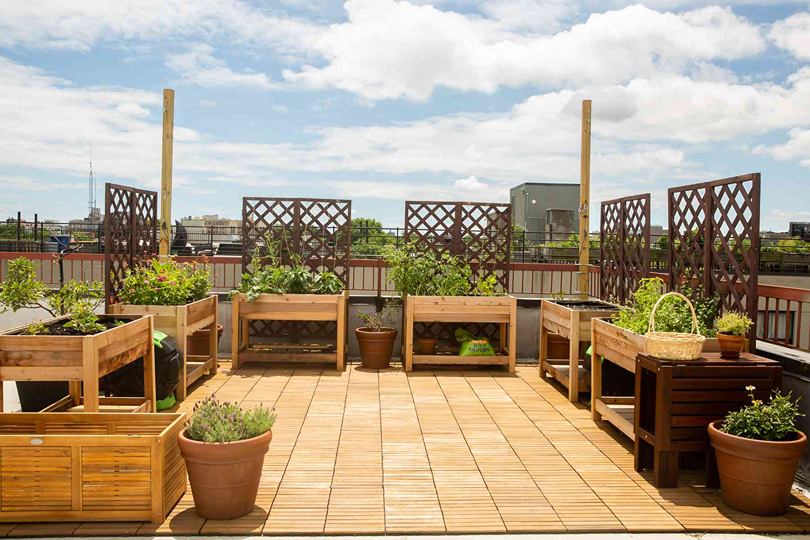
5. Hanging Garden
A hanging garden is a suspended from a structure, such as a wall, ceiling, or balcony railing. Hanging small garden can be designed using a variety of plants. They are typically made using hanging planters, baskets, or containers, which are hung from a structure using hooks or chains.
Aesthetic appeal is one of the main benefits of hanging gardens. They add a unique and visually interesting element to any space, and can be designed to complement the existing decor. Hanging gardens can also be used to create a sense of privacy, as they can be used to block out unsightly views or create a natural barrier.
Examine the weight capacity of the structure and the type of plants that will be grown. Hanging gardens can be heavy, especially when they are fully grown and watered, so it is important to use sturdy hooks or chains and to ensure that the structure can support the weight of the garden.
Choose varieties that are well-suited to the growing conditions. Plants that require a lot of sunlight should be placed in a sunny location, while those that prefer shade should be placed in a shaded area. Hanging gardens can also be used to create a vertical garden, with plants arranged in tiers or layers.

6. Fairy Garden
A fairy small garden is a miniature garden that is designed to look like a magical world inhabited by fairies and other imaginary creatures. Fairy gardening is typically created in small containers, such as pots or terrariums, and are often decorated with tiny accessories like fairy houses, bridges, and other fairy-sized items for small garden.
Creating a fairy garden is a fun and creative way to bring a touch of magic and whimsy to your home or outdoor space. To start, choose a container that is large enough to hold a variety of miniature plants and accessories. Consider using a pot with drainage holes, as this will help to prevent overwatering and keep the plants healthy.
Next, choose a theme for your fairy garden. You could create a woodland scene, a beach scene, or even a miniature village. Once you have a theme in mind, select plants that fit the theme. Miniature trees, succulents, and mosses are popular choices for fairy gardens, as they are small and easy to care for.
Now start adding accessories, fairy houses, bridges, and miniature animals are just a few of the many accessories available for fairy gardens. You can also add rocks, shells, and other natural materials to create a more realistic scene.
To care for your fairy small garden, be sure to water it regularly and place it in a location that receives the right amount of light for the plants you have selected. You may also need to prune the plants to keep them from getting too large for the container.
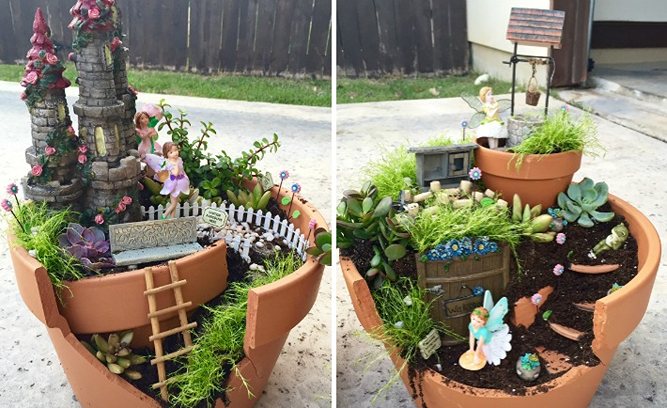
7. Water Garden
Water garden includes water elements such as ponds, waterfalls, fountains, and streams. Water gardens are designed to create a peaceful and serene environment, with the sound of running water and the beauty of aquatic plants and fish.
Take review of the location and size of the pond or water feature during planning of water garden. The area should be level and receive adequate sunlight, as most aquatic plants require full sun to thrive. The size of the water feature will depend on the available space and the desired effect. A small pond or fountain can be used to add a subtle water feature, while a larger pond or waterfall can create a more dramatic effect.
Choose the plants and fish for the water garden. Aquatic plants such as water lilies, lotus, and iris can be used to add color and texture to the pond, while fish such as koi and goldfish can add movement and interest in smart garden.
Keep the water clean and well-oxygenated. A filtration system, such as a biological filter or a UV sterilizer, can help to remove debris and harmful bacteria from the water. It’s also important to regularly test the water for pH and other levels, and to add chemicals or adjust the water as needed to maintain a healthy balance.
In addition to their aesthetic benefits, small garden of water can also provide environmental benefits such as attracting wildlife and providing a natural habitat for fish and other aquatic creatures.
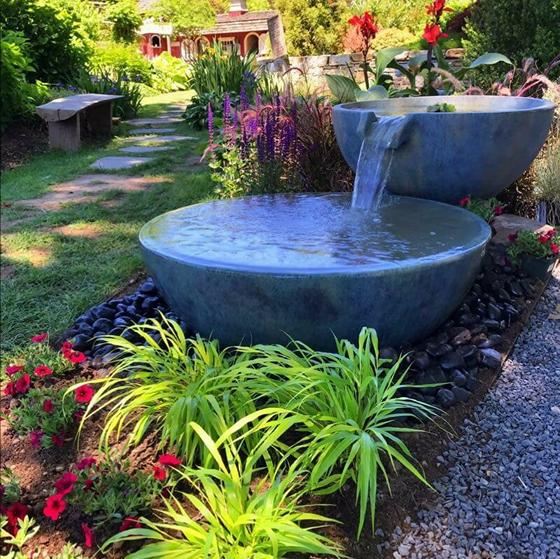
8. Rock Garden
Rock garden features rocks, stones, and boulders as the main design element. Rock gardens are often created in areas where traditional landscaping may be difficult, such as on sloped or rocky terrain. They are also a great option for those who want a low-maintenance garden, as they typically require less watering and upkeep than traditional gardens.
During planning a rock garden, examine the size and placement of the rocks. Large boulders and rocks can be used to create a dramatic focal point, while smaller stones and gravel can be used to fill in the gaps and create texture. It’s also important to select plants that are well-suited to the rocky environment, such as succulents, alpine plants, and other low-maintenance species.
Rocky small garden can be designed to fit any space, from a small corner of a yard to a large backyard or public park. A well-designed rock garden can also provide a natural habitat for wildlife such as birds and insects.
Regularly remove any weeds or debris that may accumulate between the rocks. This can be done by hand or with a small rake or hoe. Watering should be done sparingly, as rocks tend to retain moisture and overwatering can lead to root rot and other problems.
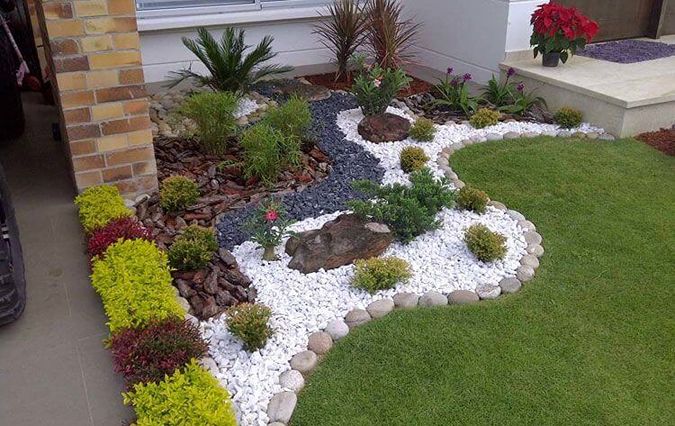
9. Vegetable Garden
A vegetable garden is designed specifically for growing vegetables and other edible plants. Whether its a small garden but a great way to provide fresh, nutritious produce for you and your family, and can be a fun and rewarding hobby for gardeners of all levels of experience.
Most vegetables require at least 6-8 hours of sunlight each day, so choose a location that receives adequate sunlight. The soil should be well-draining and nutrient-rich, and can be improved with the addition of compost or other organic matter.
When planning a small garden, selecting the right vegetables to grow is crucial. Some popular options for a small vegetable garden include tomatoes, peppers, cucumbers, zucchini, lettuce, and herbs. It’s important to consider the climate and growing season, as well as proper spacing, to ensure optimal growth and productivity in your small garden.
To maintain a vegetable in small garden, watering the plants regularly and fertilize them as needed. Organic fertilizers such as compost and manure can be used to add nutrients to the soil, while mulching can help to retain moisture and keep weeds under control. It’s also important to monitor the plants for pests and diseases, and to take action promptly if any issues arise.
Vegetable garden can provide fresh, nutritious produce for you and your family, as well as help to reduce your carbon footprint by reducing the amount of produce that needs to be transported from other locations. Vegetable gardens can also be a great way to teach children about where their food comes from and the importance of sustainable living.
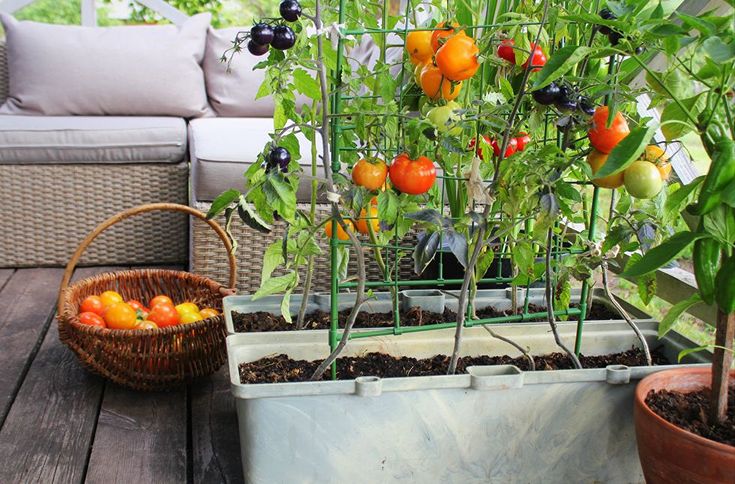
10. Flower Garden
Flower garden is designed specifically for growing flowers and other ornamental plants. Flower’s small garden can be designed to suit any style, from formal and traditional to modern and eclectic, and can be a great way to add color, fragrance, and beauty to your outdoor space.
Consider the location, soil quality, and amount of sunlight the area receives. Most flowers require at least 6 hours of sunlight each day, so it’s important to choose a location that receives adequate sunlight. The soil should be well-draining and nutrient-rich, and can be improved with the addition of compost or other organic matter.
After selected a location and prepared the soil, it’s time to select the flowers you want to grow. Some popular options for a flower garden include roses, dahlias, peonies, daisies, and lilies. It’s important to choose plants that are well-suited to your climate and growing season, and to consider factors such as color, height, and bloom time when selecting plants to ensure a beautiful and varied display throughout the season.
To maintain a healthy small garden of flowers, water the plants regularly and fertilize them as needed. Organic fertilizers such as compost and fish emulsion can be used to add nutrients to the soil, while mulching can help to retain moisture and keep weeds under control. It’s also important to deadhead the flowers regularly to promote new growth and prevent the plants from becoming leggy.
Flower garden can provide a natural habitat for pollinators such as bees and butterflies, which can help to support the local ecosystem. Flower gardens can also be a great way to create a peaceful and relaxing outdoor space, and can be a wonderful way to express your creativity and personal style.
